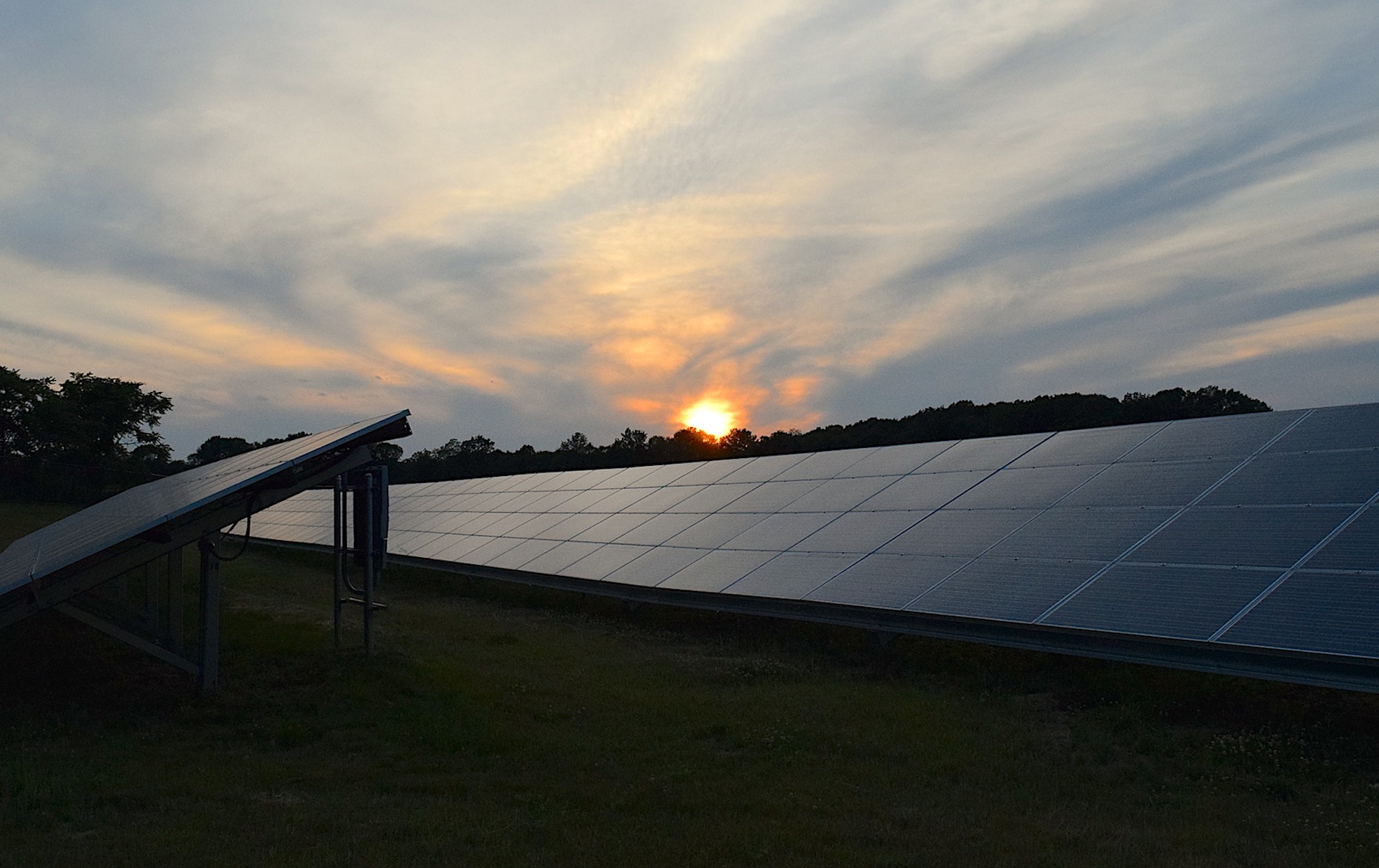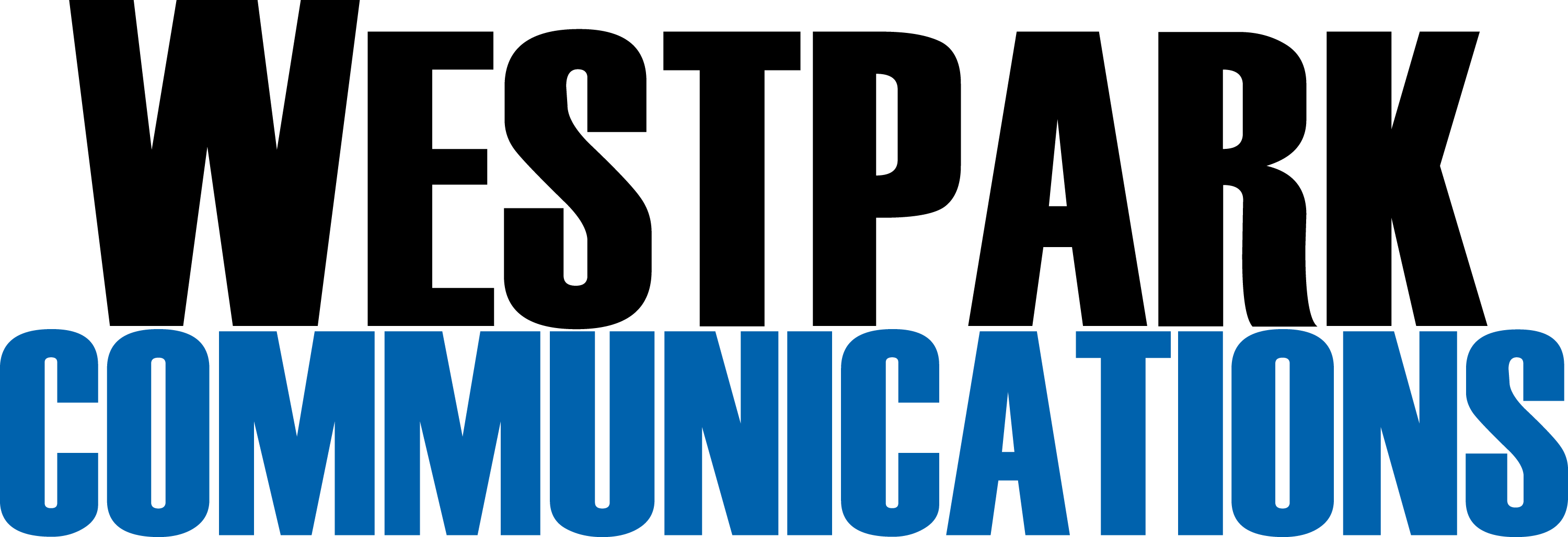Summer’s here, and to lots of us, that means fun: sun, water, beaches, parties, and of course, the Fourth of July. Across the country, but especially in the South, summer also means a time of higher energy consumption. Air conditioning runs twenty-four hours a day, fans rotate on full blast, and water usage spikes as people keep themselves hydrated in the blazing heat.

For electricity companies, this means phone calls, and lots of them.
No matter whether you work with solar, wind, or something more traditional, if you’re responsible for supplying power to keep people cool and healthy during these months, you know this is the time when things go wrong. Systems are stressed, old wires that seemed fine no longer handle the load, the power goes out in a small area for inexplicable reasons, or it goes out in a large area, and you need to fix it now. Not only that, even when everything runs smoothly, the usual increase in energy costs during the summer for customers on variable rate plans always creates questions as to why their electricity bill is higher.
These factors combine to create a rate of calls for the season which ranges somewhere between a little higher than normal and wait times that would make anyone break their phone in a rage.
How do most utility companies deal with this influx?
By and large, they just suffer through it. It’s considered part of the business. Their employees are taught that a lot of hot, tired, grumpy people are going to call between May and September, the lines will be jammed, and their job is to smile through the phone and grind through the days. Motivational phrases get scattered over the office to keep the employees mentally intact—Do your best! We’re a team!—while the company’s reduced ability to handle customer issues is considered an unfortunate byproduct of the season.
As much as this goes against how we want to treat customers, this mindset isn’t borne of laziness or apathy. Broadly speaking, there are only two other options: add temporary employees in-house for the busy season, or add more permanent ones. These make the season easier on your workers and customers, but they have serious drawbacks.

The obvious issue with the first one is that utilities are a specialty service, at least regarding call center work. No matter how easy your systems are for new employees to navigate, there are aspects of the business that take time to learn that are unique to utilities. Someone with a background in customer service may know how to speak to an angry customer, but that does little to help them determine how to handle any issues that aren’t completely by the book. By the time a seasonal worker learns to be genuinely effective for the utility, and not simply an extra step in the process that can only handle the easiest cases, they’re no longer needed. The cost-effectiveness is thus highly questionable.
Adding permanent employees is potentially more beneficial, but potentially more costly as well. Permanent employees stay on the phones year-round and learn how to handle the business; their first summers may be a struggle, but afterwards they’ll be more helpful with a year or more of experience under their belts. However, the question is how many to hire. If you bring in too few, the increased summer call volume is hardly dented; if you hire too many, you have more agents than you need during the rest of the year. You can lose some through attrition and not rehire them—call center turnover for entry-level agents averages twenty-seven percent, so a decent number will almost certainly leave—but you may find you need to let a few go who expected to have long-term jobs, or cut hours for many more. Both of these choices can have more detrimental effects on morale than just pushing through during the summer.

Handling the summer months at a utility call center, then, often feels like you must choose the least bad option. But a legitimately good option exists: overflow call center services.
The idea is simple enough. Your call center has a certain capacity. When calls stretch beyond that capacity, wait times increase, customers become unhappy, agents are stressed, and the best you can do is try to hold it together. But with an overflow service, there’s someone trained and ready to pick up those extra calls, without the expense of keeping them employed during times of reduced call volume.
Origination of Overflow Call Centers
Overflow call centers were started in response to the needs of businesses who only needed extra help for a few hours per day. Those businesses would contract with an overflow center to take calls during peak hours; since those hours would vary for different businesses, the overflow center’s agents could work for multiple companies during the day. They would be trained in the industry, and thus be able to handle any issue just like someone employed by the business itself, but flexible enough to take calls for different companies, sometimes on the same day.
If you run a power company call center, you don’t have ‘peak hours’ in the same sense. Your peak hours are every day that it’s hot, which could mean almost literally every day in the summer. Overflow centers can help in that situation, too. Westpark, for example, has everything you’d expect from a professional call center: full-service, bilingual call management, skilled agents who can minimize call escalation, the capacity to process payments, email inquiry handling, and so on. But they also have a staff trained in issues directly related to the energy industry, including a pre-built FAQ for energy shoppers. This isn’t a situation where you would contract with a call center and have to train them from the bottom up; all you have to do is determine the hours when you need their services and work with them to link your systems. Their agents are already set to handle your customer base at the time you need help the most.
